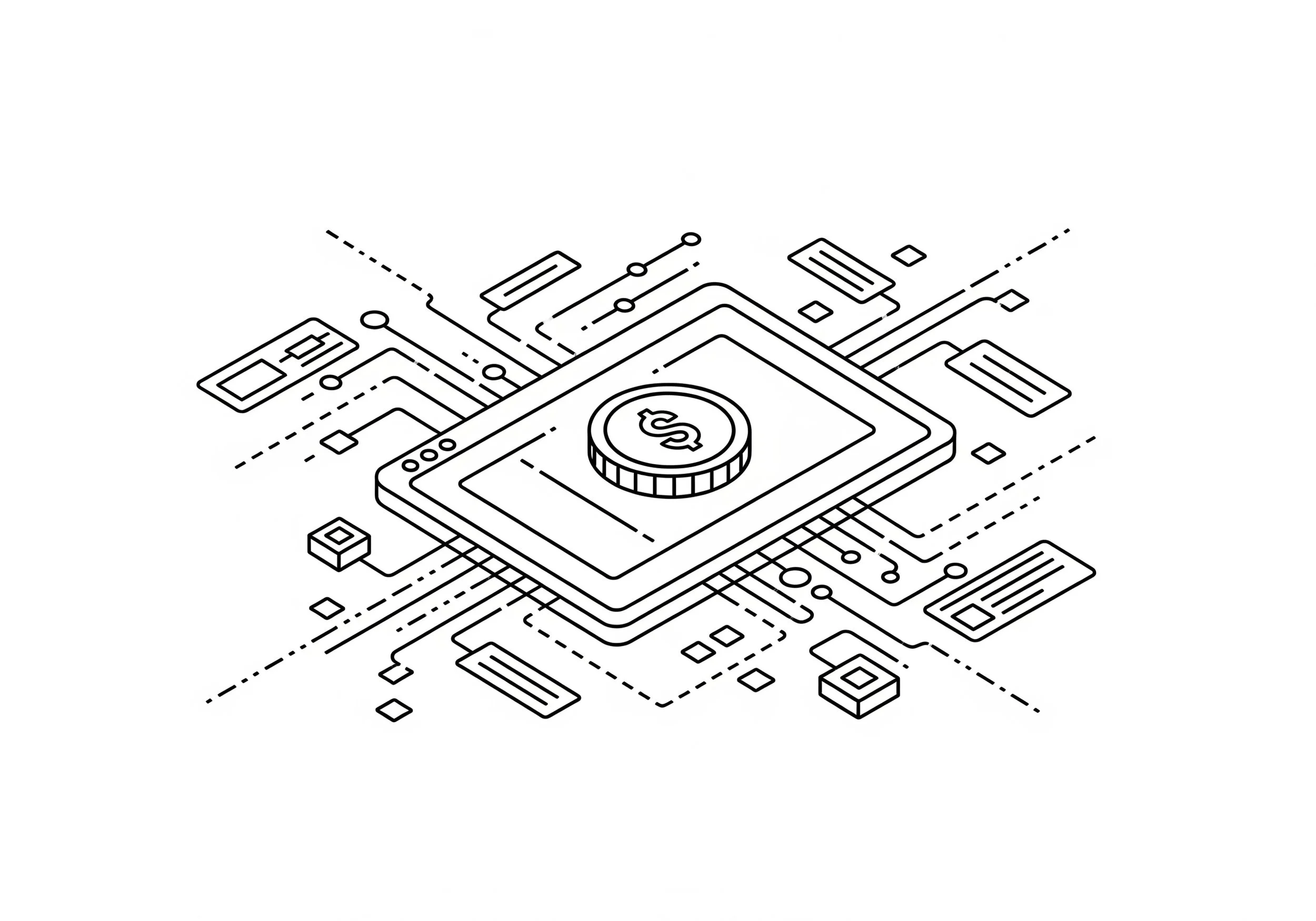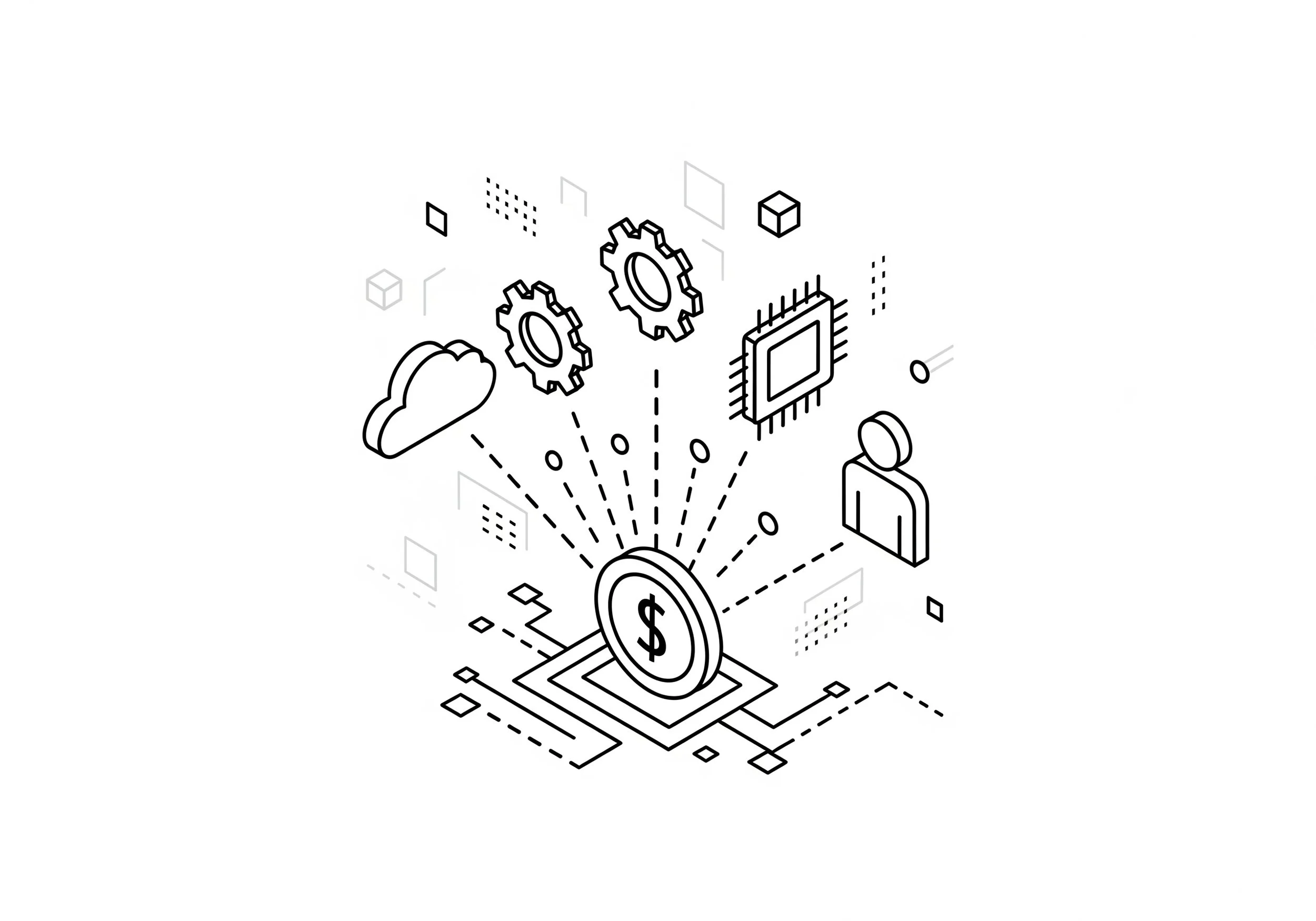Total Cost of Ownership in e-commerce - how to optimize costs?
Total Cost of Ownership (TCO) in e-commerce is the total cost of ownership of a platform, including not only the cost of implementation, but also long-term expenses related to maintenance, upgrades, integration or support. Understanding TCO allows you to prepare an accurate initial and operating budget, avoid unexpected expenses and consciously plan the development of your online store. We'll take a detailed look at the various components of TCO, methods for calculating it, and practical optimization strategies so you can take an informed approach to technology and vendor selection decisions.
Table of Contents:
What is Total Cost of Ownership (TCO) in e-commerce?
Total Cost of Ownership (TCO) in e-commerce is a metric that combines all costs associated with implementing and maintaining an e-commerce platform over its entire lifecycle. It is not limited to a one-time implementation or licensing fee - it also includes ongoing operating fees, development investments, integration costs with ERP or PIM systems, as well as expenses for technical support, hosting and migrations. With TCO analysis, companies get a complete business perspective of their expenses: they know how much their solution will cost in a 1, 3 or 5-year horizon, what financial risks Vendor Lock carries, and which elements are worth optimizing to lower the total cost of ownership of the platform.
Understanding TCO allows you to consciously plan initial and operating budgets, avoid unexpected expenses, and determine what an agency or supplier's hourly rate is consistent with the expected business model. When preparing a TCO analysis, professionals often use a top-down or bottom-up approach, combining market data with historical in-house costs and growth scenarios.
What components does the TCO analysis of a B2B / B2C e-commerce platform include?
In the first stage, a detailed pre-implementation analysis, which allows to estimate the scope of work, the agency's rate and the potential costs associated with the implementation. Such a document can take into account both business and technical consulting costs and price the configuration and design work.
Cost of implementation and licenses, including:
Hourly rates of the development team and consultants,
software license fee,
The cost of configuring e-commerce modules, including advanced B2B / B2C functionality with elements of per-customer price list management and quoting module.
Infrastructure and hosting:
Monthly or annual fees for dedicated servers or the cloud,
Backup costs, scaling resources during periods of increased traffic,
SLA-level technical support, including monitoring, security and rapid incident response.
Integrations and development including, among others.
Integrations with ERP systems (e.g. Comarch, Subiekt), PIM and external modules,
Development of new functionality, interface personalization, API implementation,
Data migration costs for upgrades or switching providers.
Operational Maintenance:
The cost of ongoing system administration, software updates and extensions,
User training and process documentation,
ad spending, marketing, and analytical tools that track TCO and ROI.
What are the methods of calculating TCO?
Top-down approach. It relies on the use of market benchmarks and historical data, i.e., analysis of agency rates, average hosting and licensing costs in your industry. This is a quick way to get an approximate total cost of ownership, although it may not take into account the specific needs of your business.
Bottom-up approach. Requires a detailed breakdown of all expenses: number of man-hours, license prices, hosting fees and integrations. Allows you to create a precise initial and operating budget, but is more time-consuming.
Hybrid model. It combines proprietary data with market data - it relies on the actual costs of previous projects and compares them with vendor bids. This allows you to plan a budget that takes into account both trusted data and current market conditions.
With this approach, you can save on initial expenses while understanding the impact on TCO of different levels of investment in online store development.
How to avoid hidden costs of B2B / B2C e-commerce platform in the long term?
First of all, make sure that the contract with the e-commerce platform provider clearly includes all fees: licenses, hosting, integrations, technical support and rates for overtime or custom work. It's worth avoiding Vendor Lock, that is, bet on choosing open-source technologies or headless solutions based on Magento and Next.js. This reduces the risk of high migration fees and allows you to develop your store with lower licensing costs. Regular updates to software and extensions are also very important, as this minimizes the risk of crashes and costly patches. Include upgrade fees and regression testing in your long-term budget.
Take care of ongoing cost monitoring. Implement TCO and ROI monitoring tools to keep track of maintenance costs, hosting fees and expenses associated with implementing new functionality. Also invest in training your team and creating process documentation. This will allow you to do some of the administrative and configuration work in-house, reducing outsourcing costs. In addition, when planning an e-commerce platform, it's a good idea to consider the specifics of the B2B or B2C model, so make sure that solutions for configuring per-customer pricing, an advanced product catalog or an offering module are available in the basic version of the system.
Summary - how to consciously plan the budget of B2B / B2C e-commerce implementation?
Total Cost of Ownership analysis is the foundation of informed cost management of an e-commerce platform. When preparing your budget, consider:
One-time implementation and licensing costs,
Fixed fees for hosting, technical support and upgrades,
spending on functionality development and integrations with ERP or PIM,
The potential costs of migrations and extensions in the future.
Consider which TCO calculation method (top-down, bottom-up, hybrid) best suits your needs, and include cost monitoring tools at each stage. If you are wondering what the total cost of ownership is Sellins, we invite you to a free consultation - we will try to answer all your questions.
Stay with us for longer and sign up for our newsletter!
We do not send spam. In return, you will receive unique content for subscribers only.



